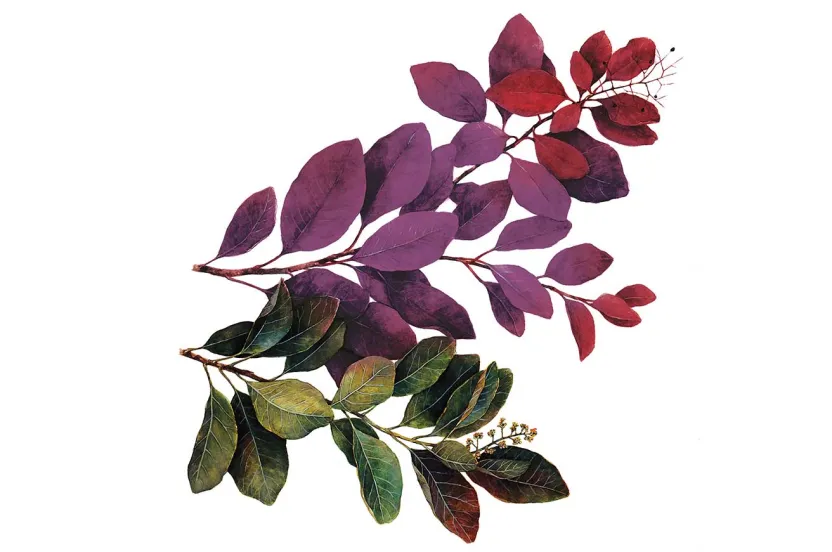Now live: The 2025 Canopy Report. Learn how Americans see trees. GET THE REPORT
Castanea mollissima
There was a time in colonial America when American chestnut was the most popular tree in the eastern forest. The trees grew fast, tall, were rot-resistant and hardy. Besides its visual appeal, chestnuts tasted great. But then things changed, the chestnut blight made its way to the continent, overtaking most American chestnut trees. The decline of American chestnut made space for its relative to settle in: the Chinese Chestnut. The Chinese chestnut offers something the American can’t, it is blight resistant.
China is one of the largest producers and consumer of chestnuts in the world. The country has large-scale chestnut orchards to keep up with the demand for the nuts. Chestnuts are a staple in many diets because they’re made up of carbohydrates and protein and little fat (only 3%). The nut has the nutritional makeup of a grain but is grown on a tree and bears crops for 100s of years, plus, it’s gluten-free. It’s the perfect blend of a practical AND sustainable crop.
The Chinese chestnut differs from other chestnuts in that its twigs are fuzzier and change to a red tinge color in the winter versus the purplish-brown color other chestnut species develop. Chinese chestnut trees are moderate growing, growing up to two feet a year and reaching 40-50 feet at maturity. They are drought tolerant (hardiness zones 4-8) and have a dense canopy, making for a great shade tree.




